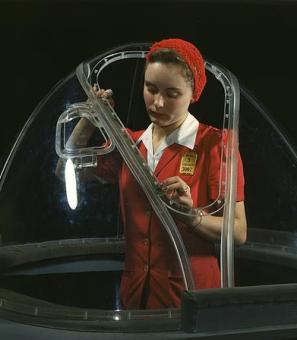Elizebeth Friedman: Coast Guard Code Breaker
By the end of her life, Elizebeth Smith Friedman was renowned for her work deciphering codes from civilian criminals. She cracked the codes that sent members of what one prosecutor called “the most powerful international smuggling syndicate in existence”[1] to jail, took down a Vancouver opium ring, and caught a World War II Japanese spy.
But Friedman, who spent much of her working career in Washington, had every bit as exciting and strange a journey to get there.
Friedman worked on her first job outside of college, where she majored in English, trying to prove that Frances Bacon was the author of William Shakespeare’s plays. That theory relied on the idea that the plays were written in secret codes—and so began Friedman’s work as a code breaker.[2]
Over the course of the next few years, Friedman put Shakespeare aside and started breaking codes for the U.S. government while working at Riverbank Laboratories near Chicago. At a time when the government had no departments set up for cryptanalysis, she and her husband, William Friedman, taught themselves how to decipher secret messages. “We…became the learners, the workers, and the teachers all at one and the same time,” she wrote in her unpublished memoir.[3]
The Friedmans’ life in Washington was soon to begin. The U.S. government stopped providing the Riverbanks Laboratories codes to decipher and recruited the Friedmans to move to D.C. William and Elizebeth took jobs working together as cryptanalysts, or code breakers, for the Army Signal Intelligence Service, with Elizebeth earning half of what her husband made.[4]
With the move, Elizebeth soon experienced many of the favorite pastimes of contemporary Washington residents. She visited the theater at last three times a week, after having been starved for theater at the more isolated locations in which she had previously lived. In typical Washington fashion, she struggled to find available housing, writing in her memoir that it took her a year to find a single available apartment. (She did not specify where the couple was living during that first year, but they later built a home in Chevy Chase.)[5] She became active in the D.C. community, serving on the board of the League of Women voters and heading a committee that examined the District’s finances.[6]
In perhaps the clearest sign that they had become true D.C. residents, the Friedmans became involved in a political scandal. They moved to Washington just before Warren G. Harding became president, and one of the biggest Washington scandals of the 20th century was about to need some code breakers.
In the early 1920s, rumors surfaced alleging that Albert Fall, Secretary of the Interior, had accepted a bribe and sold government property—the Teapot Dome Oil field—to Edward Doheny, a private industrialist. Fall and Doheny supposedly enlisted the help of Washington Post publisher Edward Beale McLean to help facilitate the deal and then cover it up. Senate investigations following the sale focused in part on a series of coded messages sent and received by McLean, who was a close friend of President Harding.[7]
As an experienced cryptanalyst, William was called before Congress to offer expert testimony on the affair, which exploded into the biggest scandal since President Ulysses Grant's administration. McLean ultimately admitted his role and, in a quirky twist, hired William Friedman to create a code that would be harder to break—presumably to help him in more above-board business pursuits.[8] William, in turn, hired Elizebeth to do the “hour to hour” work of the project.[9]
That would be the last strange project she would do for a rich businessman. After struggling to receive pay from McLean, Elizebeth said she learned that “rich people never pay their bills,” as her lawyer apparently put it.[10] The government, on the other hand, was willing to pay for her services.
In 1924, the U.S. Coast Guard offered her a position to break codes written by liquor smugglers during Prohibition. Initially, the offer went to William, but he didn’t want to give up his position at the Signal Intelligence Service. Elizebeth took up the job, working as a supervisor to one assistant.[11]
Around 1930, she proved essential in a notable smuggling case. She broke codes that brought down a Vancouver-based liquor smuggling group—one a prosecutor for the U.S. government called “the most powerful international smuggling syndicate in existence”—and resolved an international incident between Canada and the U.S.[12] “Without [Friedman’s and her colleagues’] translations, I do not believe that this important case could have been won,” Colonel A. W. Woodcock, the prosecutor, said. “It would have been a misfortune of the first magnitude in the prosecution of this case not to have had a witness of Mrs. Friedman’s qualifications and personality available.”[13]
In 1938, Canadian officials hoped to reign in a British Columbian opium ring. The Canadians managed to intercept messages sent by people in this group, but all of the messages came to them in code, and they were unable to decipher them. So they turned to the same person who caught the Vancouver liquor smugglers, getting the U.S. Treasury Department to loan Friedman to the Canadian government temporarily.[14]
This case proved especially difficult for Friedman because of an inconvenient fact: all of the coded messages could only be deciphered into Chinese, a language Friedman could not speak, read, or write. But remarkably, with the help of a Chinese interpreter, she managed to crack the opium dealers’ code.[15]
During World War II, she was part of a team that discovered the identity of Velvalee Dickinson, the owner of a New York doll shop who spied on the United States for Japan.[16]
Every time she testified at a trial, the press and the public hounded her, fascinated by her field and the fact that she was a woman. After she caught two brothers who were smuggling narcotics in San Francisco, the Universal Service wire wrote “Smiling Lady Proves Smugglers’ Nemesis.”[17]
In Vancouver, when testifying in an opium case, her celebrity appeal was so great that she had to use her husband’s name as a cover. As she wrote in her memoir:
In the Vancouver hotel where I stayed a rush of flunkies and bellhops leaped at me as I entered the door when I returned to the hotel and the attentions poured upon me by everyone in the hotel from then on became so distasteful to me that I quietly moved to another hotel and used the name of Mrs. William Friedman instead of the professional name with which I had been connected at the earlier hotel.[18]
Friedman’s position was a remarkable one for a woman at the time. Female employment was commonplace: around 39 percent of all employed workers in D.C. were women, according to the 1920 U.S. Census. (That number rose by 1930.)[19]
But most women worked in low-level positions; they didn’t break open coded messages for the U.S. Coast Guard. In fact, Friedman was the only woman employed by the Coast Guard when she was hired.[20]
Throughout her career, Friedman appears to have been aware of her pioneering role as a woman in cryptography. In 1930, when she took a job as the supervisor of a small department within the Treasury Department, for instance, both of the secretary stenographers she hired were women. She seems to have wanted to hire women as cryptographers as well, but “on such registries (i.e. where she looked for qualified candidates), I found no girls.”[21]
Despite how few women worked alongside Friedman in upper-level positions, she said that all of her colleagues except for one treated her professionally.[22] She didn’t have the same kind words to say about the press, however. While she had good memories of how women journalists portrayed her, she was annoyed at the stories men wrote about her. She was “annoyed at…frivolous adjectives”—and, more pointedly than she would necessarily put it, sexist coverage—in stories that described her as “a pretty young woman in a frilly pink dress.” “I was convinced that the fact that I was a woman and that the field in which I operated was so unusual that the press became so intrigued with these two aspects of the case that they lost sight of restraint.”[23]
Friedman became essential to efforts by the Coast Guard, and later the Treasury Department, to catch drug and liquor smugglers. By the end of her career, she had broken the code to over 12,000 radio messages.[24]
Friedman retired in 1946, with one last task to complete. In the 1950s, she decided to return to the Shakespeare code breaking she began her career with. Working with her husband, she returned to studying the Frances Bacon ciphers. In 1957, they published their findings. Bacon, they said, did not write Shakespeare’s plays.[25]
Footnotes
- ^ Carrie Hagen, “The Coast Guard’s Most Potent Weapon During Prohibition? Code-breaker Elizebeth Friedman,” Smithsonian, January 28, 2015, accessed September 26, 2016, http://www.smithsonianmag.com/history/coast-guards-most-potent-weapon-during-prohibition-codebreaker-elizebeth-friedman-180954066/?no-ist.
- ^ Elizebeth Smith Friedman, “Untitled Memoir Draft” (1966, George Marshall Foundation, http://marshallfoundation.org/library/wp-content/uploads/sites/16/2015/06/ESFMemoirComplete_opt.pdf, 2-3.
- ^ Ibid., 14-5.
- ^ Ibid., 18-9; 47-8.
- ^ Ibid., 50-1, 56.
- ^ Ibid., 75
- ^ Roy Clark, The Man Who Broke Purple (A & C Black, October 28, 2011), Google Books e-edition, https://books.google.com/books?id=mhq-JhNISzkC&printsec=frontcover#v=onepage&q&f=false.
- ^ Ibid.
- ^ Friedman, “Untitled Memoir Draft,” 53.
- ^ Ibid., 54.
- ^ Ibid., 57-8.
- ^ Carrie Hagen, “The Coast Guard’s Most Potent Weapon During Prohibition.”
- ^ Ibid., 92-3.
- ^ Associated Press, “Capital Decoder Foils Smugglers: Woman Solves Chinese Code to Nip Opium Ring,” Washington Post, February 9, 1938, ProQuest.
- ^ Ibid.
- ^ Carrie Hagen, “The Coast Guard’s Most Potent Weapon During Prohibition.”
- ^ Universal Service, “Smiling Lady Proves Smugglers’ Nemesis,” Pittsburgh Post-Gazette, September 29, 1933, Google News Archives, https://news.google.com/newspapers?nid=1129&dat=19330929&id=3rVRAAAAIBAJ&sjid=MGkDAAAAIBAJ&pg=1864,1300264&hl=en.
- ^ Friedman, “Untitled Memoir Draft,” 76.
- ^ U.S. Census Bureau, Bicentennial Edition: Historical Statistics of the United States: Colonial Times to 1970 (Washington, D.C.: Government Printing Office, 1976), http://www2.census.gov/library/publications/1975/compendia/hist_stats_colonial-1970/hist_stats_colonial-1970p1-chD.pdf, 129.
- ^ Carrie Hagen, “The Coast Guard’s Most Potent Weapon During Prohibition.”
- ^ Friedman, “Untitled Memoir Draft,” 53
- ^ Carrie Hagen, “The Coast Guard’s Most Potent Weapon During Prohibition.”
- ^ Friedman, “Untitled Memoir Draft,” 77-8.
- ^ United States Coast Guard, “Elizebeth Smith Friedman, Coast Guard Cryptanalyst,” last modified September 15, 2016, accessed September 26, 2016, http://www.uscg.mil/history/faqs/FriedmanE.asp.
- ^ Carrie Hagen, “The Coast Guard’s Most Potent Weapon During Prohibition.”


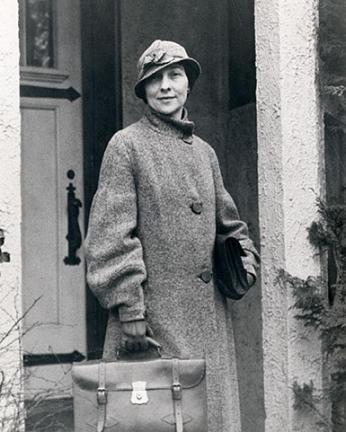
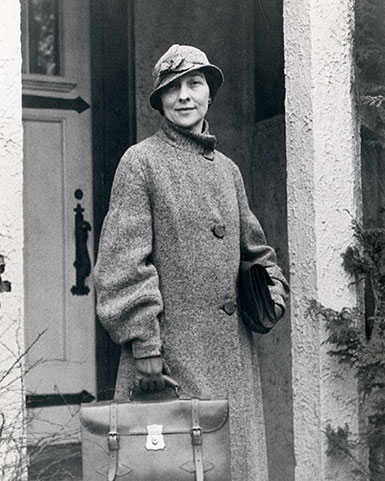
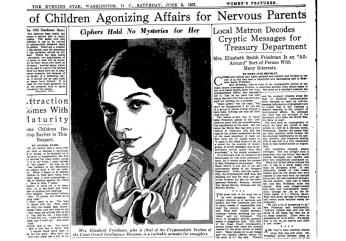
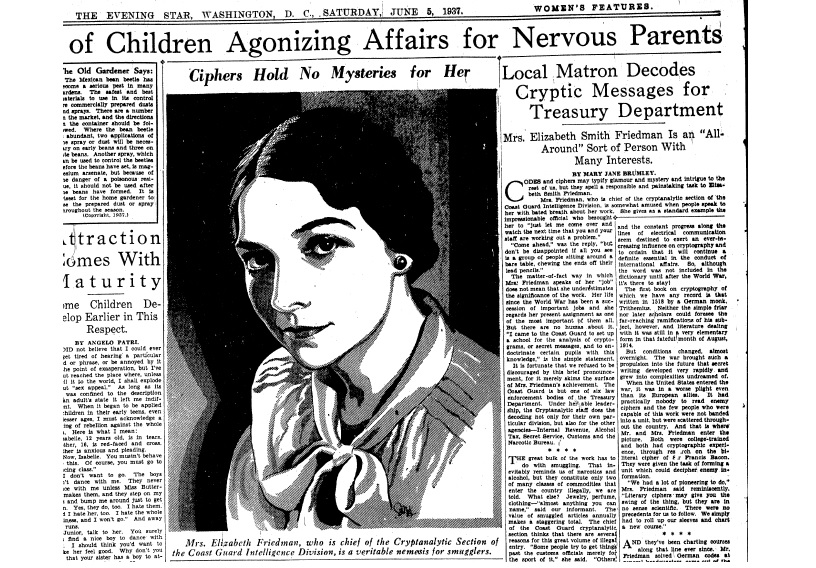
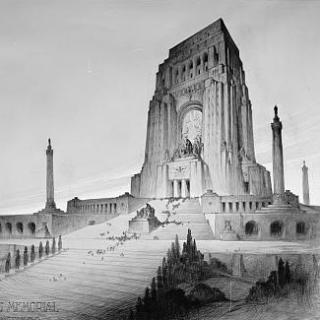
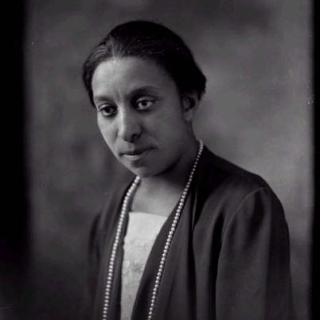
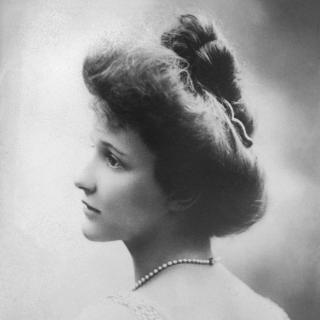
![Sketch of the mythical fuan by Pearson Scott Foresman. [Source: Wikipedia]](/sites/default/files/styles/crop_320x320/public/2023-10/Goatman_Wikipedia_Faun_2_%28PSF%29.png?h=64a074ff&itok=C9Qh-PE1)











